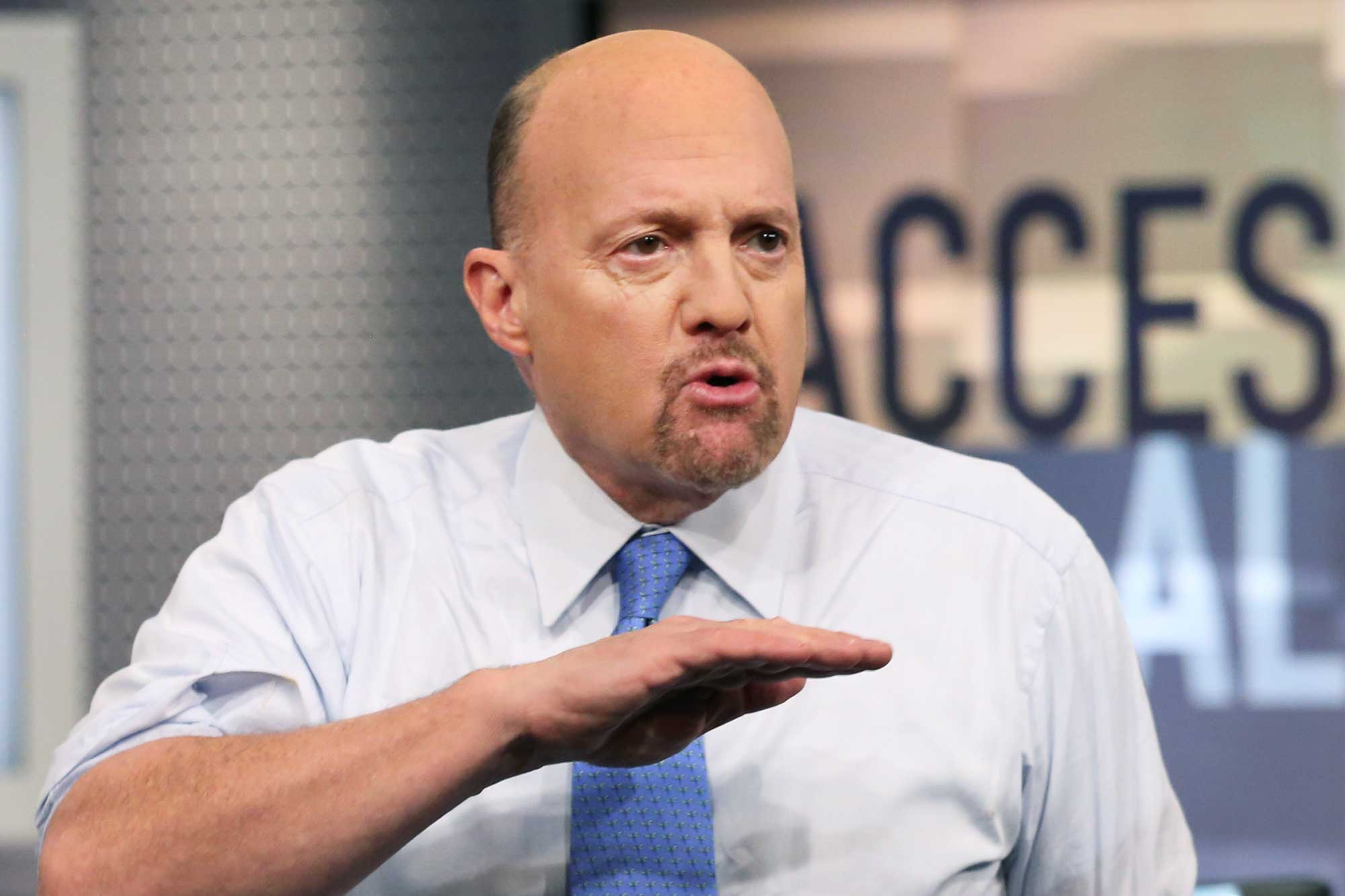By Paul Armstrong
Copyright cityam

What will crypto look like in the next five years? Very different to the playground of the last five, writes Paul Armstrong
Crypto is no longer the unruly frontier it once was. The next phase is more likely to be defined by a shift in market control in which institutional capital, regulatory frameworks and tokenised infrastructure takes control rather than Reddit forums. Business leaders who still treat digital assets as a retail sideshow are misreading the scale of transformation underway.
The triggers are already here
Institutional access has become a fact of life, with Blackrock’s iShares Bitcoin Trust pulling in more than $20bn within months of launch and Fidelity expanding its crypto suite for clients. We’re not talking just the US either; state-backed projects are accelerating. China’s e-CNY (aka digital yuan) already operates in pilot form, while the Bank of England has consulted extensively on a digital pound. Regulators across the EU and US are finalising frameworks that classify assets, impose one-to-one reserve rules for stablecoins and mandate bank-grade custody standards. These moves are to bring crypto within the regulated financial systems. Crypto is evolving into back-office plumbing rather than remaining a playground.
Commentators call it progress, but really it’s a power grab. Institutional capital will determine which protocols survive, bending them towards tokenised securities, permissioned networks and settlement systems that resemble today’s capital markets more than yesterday’s open-source experiments. In essence, the usual gatekeepers are trying to strip crypto of its disruptive energy, which is really what made it distinctive. The result will be safer, yes, but also slower and duller, and more closely aligned with corporate and state interests. No shocker there.
Politics has entered the crypto arena
“Trumponomics” now includes an explicit crypto nod, with the Trump family backing ventures such as World Liberty Financial, which launched the stablecoin USD1 and governance token WLFI. The listing of WLFI tokens delivered a paper windfall of around $5bn to the family, while high-profile foreign investors such as the UAE’s Aqua 1 Foundation committed $100m.
Parallel projects like “American Bitcoin”, co-founded by Eric and Donald Trump Jr, have merged with public mining firms, further embedding the family into the sector. While many call these grifts on their own, others are cashing in and even coins with the Trump brand cause surges, including Melania’s own coin which tanked Donald’s. All this leads to heightened awareness, increased curiosity, but still plays into greater fool territory.
Leaders are going to need a lot of eyes
Regulatory clarity remains central, but ETF adoption, enterprise integration and scaling progress matter just as much. Stablecoin geopolitics will undoubtedly shape global currency competition, and tokenised securities could reshape markets while creating new pressure points. Climate and ESG politics will impact those mining and projects using the mined tokens.
Perhaps the biggest issue remains reputational elements impacting consumer and enterprise trust and risk profiles; but beyond this litigation, tech failure and shadow market impacts could also scupper growth. The next stage of crypto is not only about takeover by big finance but about steering through a mix of financial, political and operational forces that will decide who wins and who falls behind.
Bill Zielke, chief revenue officer at Bitpay, highlights the obstacles: “Regulatory fragmentation across jurisdictions, custody and key management risks, and the need for scaling breakthroughs. Lightning-enabled processing, business-centric wallets and multi-signature controls will be essential if Bitcoin is to support not only large treasury transfers but also routine enterprise and cross-border commerce. Stablecoins will power the day-to-day, but Bitcoin will anchor balance sheets. Five years from now it looks less like a bet and more like policy.”
Gold has buyers, Bitcoin still has believers
Within 12 months, stablecoin legislation and the Digital Securities Sandbox will define what experimentation is permissible. Institutions should already be thinking and positioning for structured products, tokenised bonds and equities, and embedded blockchain rails in payments and clearing. Within three years, insurers and asset managers will be offering regulated blockchain-linked exposures, while corporates begin tokenising supply chain assets and intellectual property. Five years and we’ll likely see a split system; compliant and non-compliant aka offshore/decentralised. Who controls the rails is the kingmaker in this scenario.
Crypto is not dying; the industry is being reordered (or is it just ordered?). Speculation and disruption made it visible, while regulation and institutionalisation will make it durable and boring. For the City, the choice is whether to shape that realignment or to be shaped by it. London can’t cling to the mythology of crypto’s early years, a slower, more compliant and less free system is coming. The only safe bet is that the rich will get richer with what’s being currently planned.



